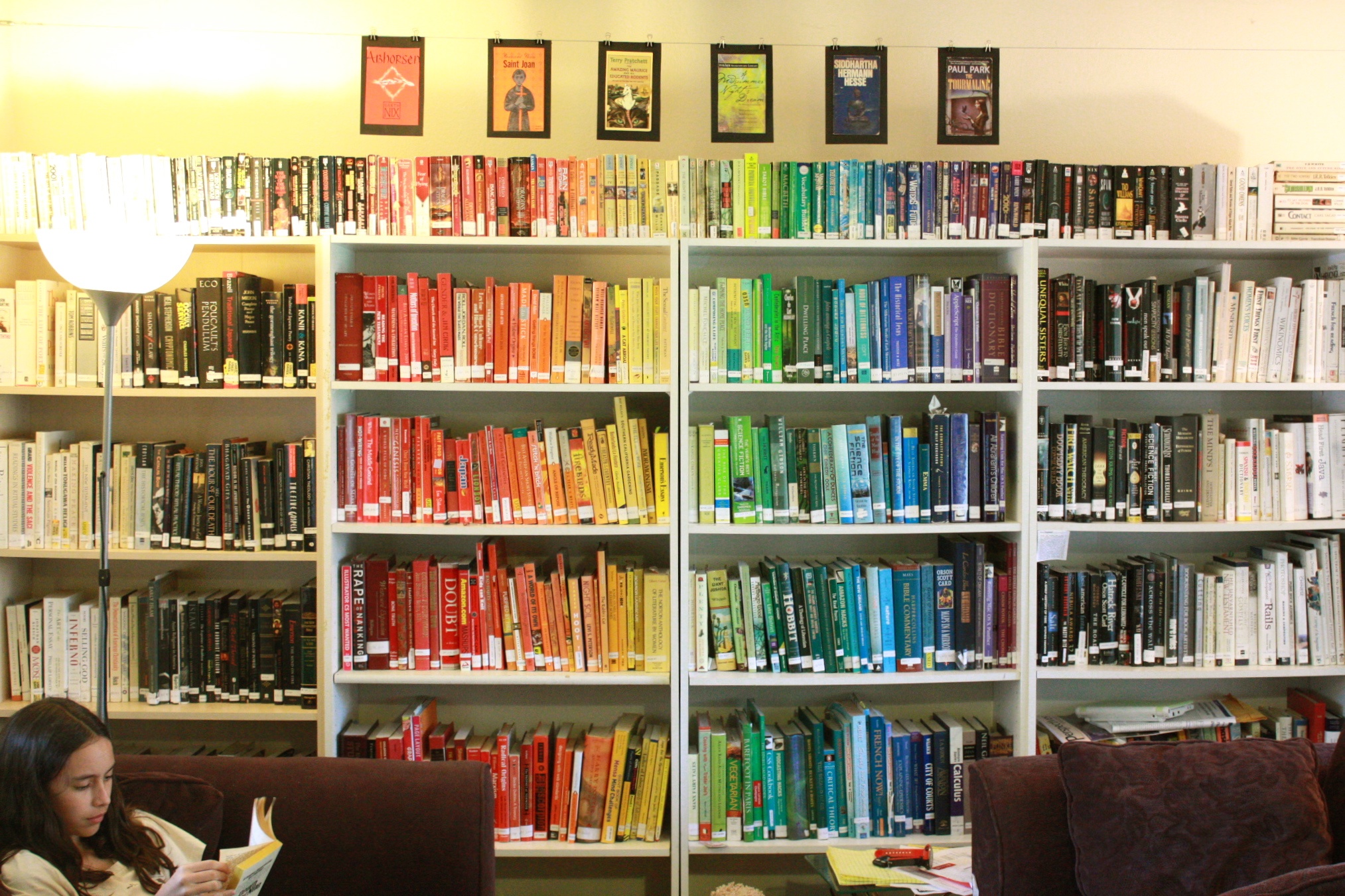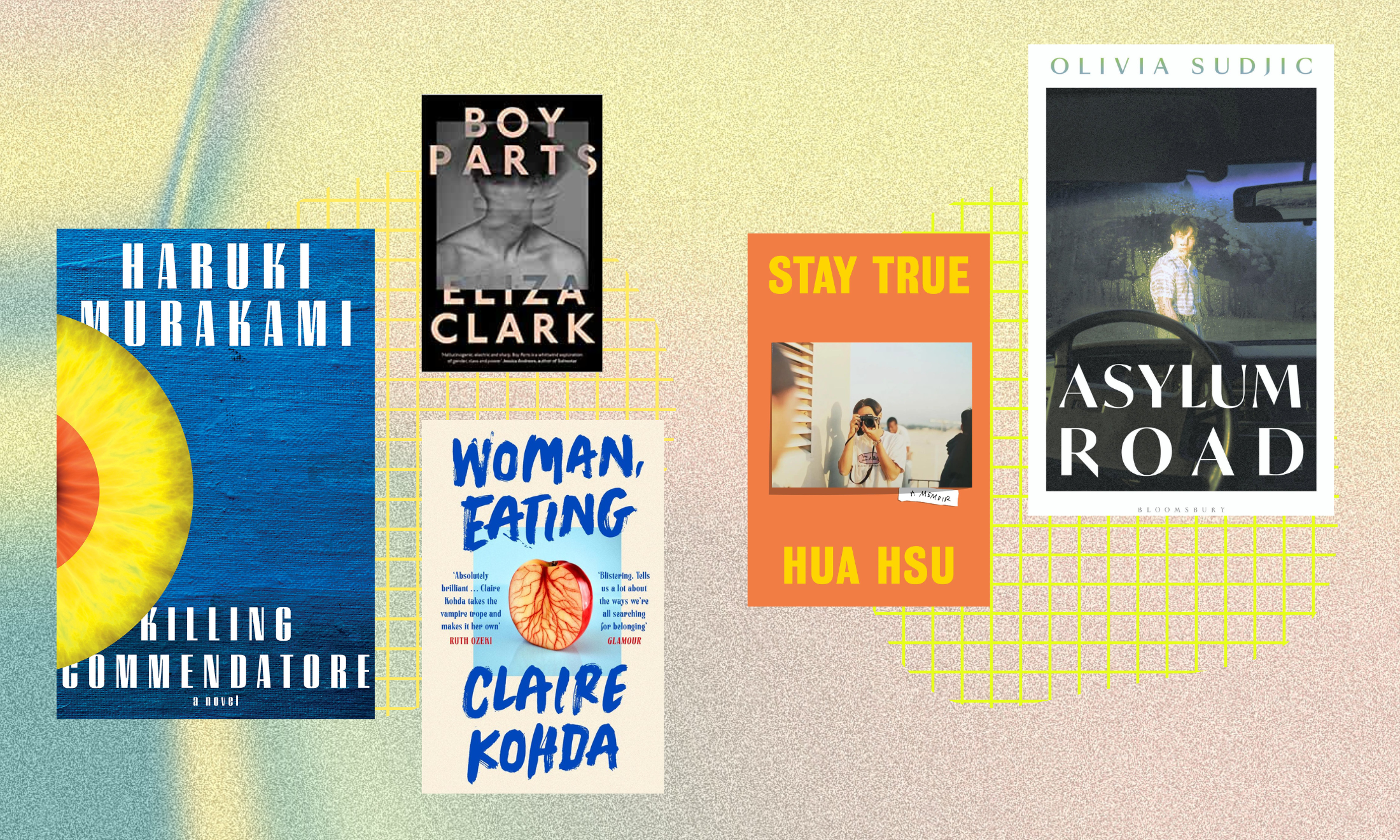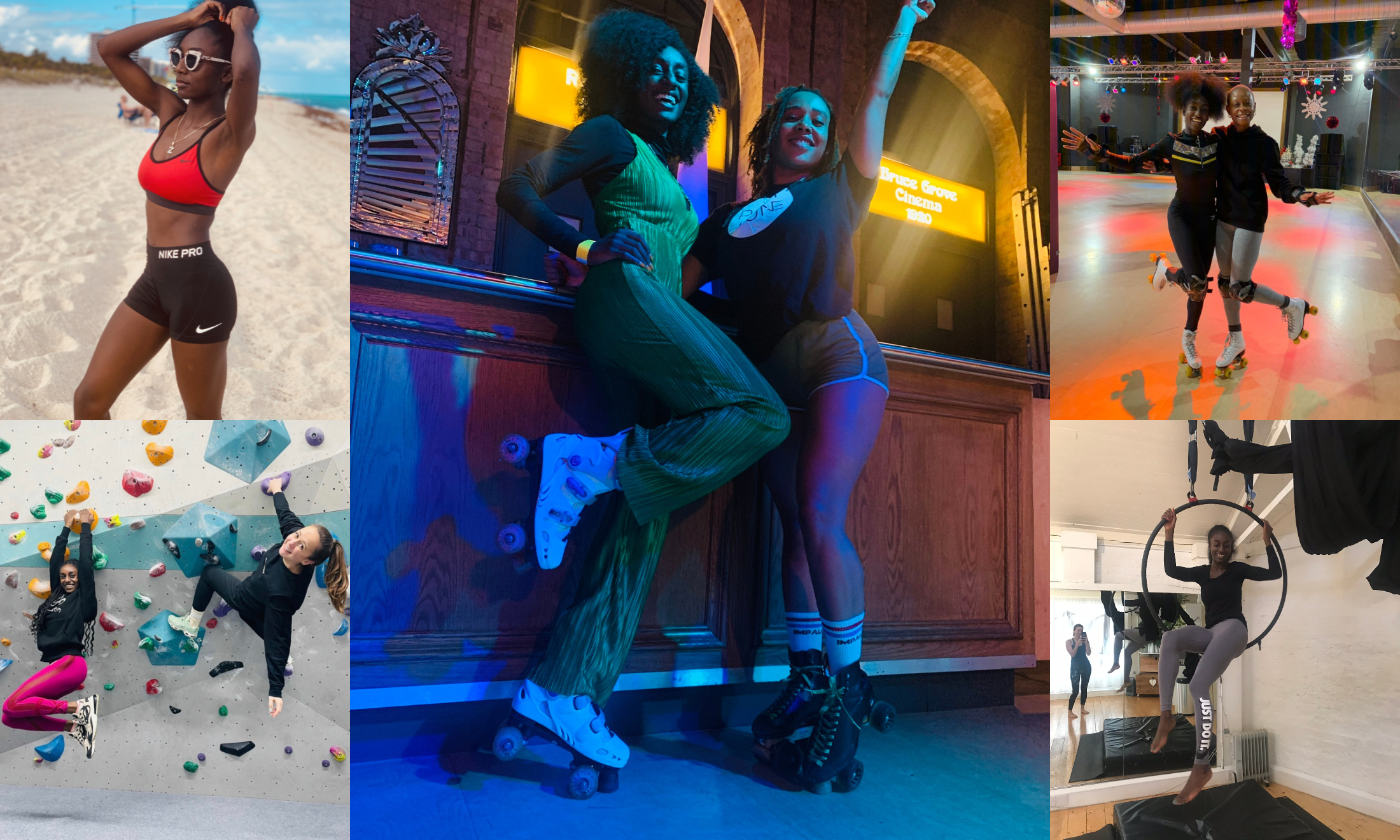
There’s a game I play when I walk into a bookshop.
I head for the Poetry section and look for any collections by my favourite poet, Audre Lorde, a famous feminist and civil rights activist. I look past works by Seamus Heaney, William Blake, Ted Hughes and rarely find works by writers of colour, such as Lorde.
The “diversity” test never brought surprising results, until recently, when I entered a bookshop the other week and saw Lorde present in all her glory, as well as Rupi Kaur, a poet who has entered the limelight online in recent years. In addition, there was a display shelf with works by Yaa Gyasi, James Baldwin and Chinua Achebe. A whole shelf dedicated to works by writers of colour.
I returned to that bookshop, but the display shelf was gone. Was this brief and magical display a rare occurrence in an industry that is significantly lacking in diversity?
For a long time now, the publishing industry has been aware of the figures. In 2015 reports claimed that the UK publishing industry remained 90% white. In fact, the push for diversity is often one step forwards and one step back. Marvel took a step forwards when they created new diverse characters such as Kamala Khan, a Pakistani-American Muslim girl as Ms. Marvel. Then last year they baffled readers when David Gabriel, Vice President of sales, explained that feedback from retailers suggested that a downturn in sales was caused by their attempts to be more diverse, a trend which has since been challenged by many readers and comic book fans.
“Shappi Khorsandi, comedian and novelist, withdrew her novel from the longlist because she felt like her skin colour was up for an award rather than her book”
The Jhalak Prize for black, Asian and minority ethnic BAME prize was another step forwards. It aimed to publish and mentor writers from under-represented communities. However, this year Shappi Khorsandi, comedian and novelist, withdrew her novel from the longlist because she “felt like (her) skin colour was up for an award rather than (her) book.”
Khorsandi’s concerns with the Jhalak Prize illustrates the complexities of the diversity issue. It demonstrates that at the heart of the disparity is more than a determination to simply combat the negative figures, but a desire to perhaps bypass the prejudiced structures in place in our society completely, which many organisations and readers continue to attempt to achieve.
gal-dem spoke to publishers, booksellers, a blogger and an English graduate to get their take on the importance of diversity in publishing.
Former Scholastic employees, Aimée Felone and David Stevens launched a children’s publisher with the aim “to hire as inclusively as possible” in the hope this will lead to more inclusive titles on bookshelves. Their company, Knights Of is a reference to the Knights of the Round Table in Arthurian legend, which gave everyone an equal voice.
In regards to improvement, Aimée Felone said: “Change is definitely happening but there is still a long way to go. A lot of time is spent discussing representation and accessibility for authors from certain races, genders, abilities and classes, but not a lot of time given or action taken.”
As a children’s publisher, Felone explained how representation in character is as important as representation with authors. She said: “It gives every reader the chance to see different possibilities of who they can be. Children should see that writing and being a published author is for everyone, and that their voices matter. Reading stories about people that are similar and different to us is the best way to create understanding and empathy.”
Letterbox Library, a children’s bookseller and education supplier that aims to provide teachers, librarians and parents with inclusive children’s books said that things have gotten better over time, “but we still see white boys holding the narrative voice in books with people of colour confined to the background. We still hear from LGBT+ people that they only saw a queer representation in a book once they are well into their 20s; we still see gender stereotypes in books constraining what our children could become.”
“It still feels like we are up against a dominant culture which perpetuates a narrow, skewed, often inaccurate or even sometimes prejudiced view of society itself.”
“We still see white boys holding the narrative voice in books with people of colour confined to the background”
Cee Arr, a book blogger part of the Diversity Movement online, echoed Felone and Letterbox Library’s views that more change is needed. She said: “I notice that a lot of the books me and my bookish online friends have been talking about just aren’t in bookshops. I’ve been happy to find more diverse books, especially in the YA section, than when I was a teen, but it sometimes feels like diverse books have to sell more copies than other books in order to get any place on the shelf at all.
Olivia Konotey-Ahulu, an English Literature graduate from Warwick University also spoke about how what can be found online has yet to transfer to our bookshops. She said “Several of my white friends recommend me books like The Good Immigrant by Nikesh Shukla, and almost everyone’s read Zadie Smith, or at least had White Teeth in a prominent place in their bookshelf. I wonder if it’s just a trend which highlights certain authors, while fiction as a whole remains very white, and secondly if non-white authors are only really popular amongst a certain kind of liberal political leaning.”
Ultimately, we need more than trends, more than a temporary display bookshelf showcasing diverse writers. Rupi Kaur and Yaa Gyasi’s successes in the bestseller charts are to be celebrated. However, the publishing industry needs a more widespread revolution; waves of diverse books that hit bookshops from all levels, independents, the bigger chains, and online. Whether they’re a bestseller, a comic or a science-fiction novel. We need more publishers and booksellers putting inclusivity at the heart of what they do.
Last year I embarked on a mission to find some books featuring protagonists with mental and physical disabilities. As expected, the pickings were slim. But what I did find were blogs and sites with lists specifically for the genre I was looking for. This was an encouraging reminder that where there is a gap in the market or an unrepresented minority, there also tend to be grassroots campaigns of people working for their voices to be heard. It’s our responsibility as readers and consumers to nurture these campaigns and establish a new norm for the publishing industry.









